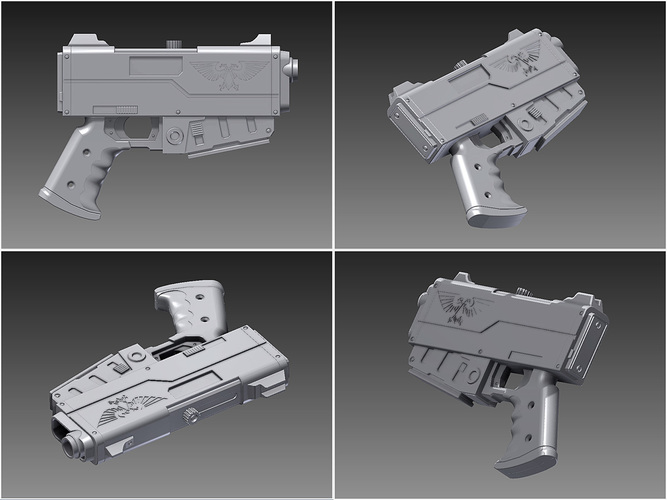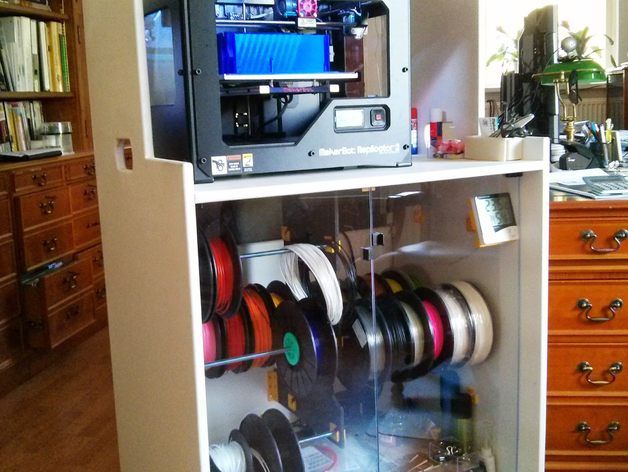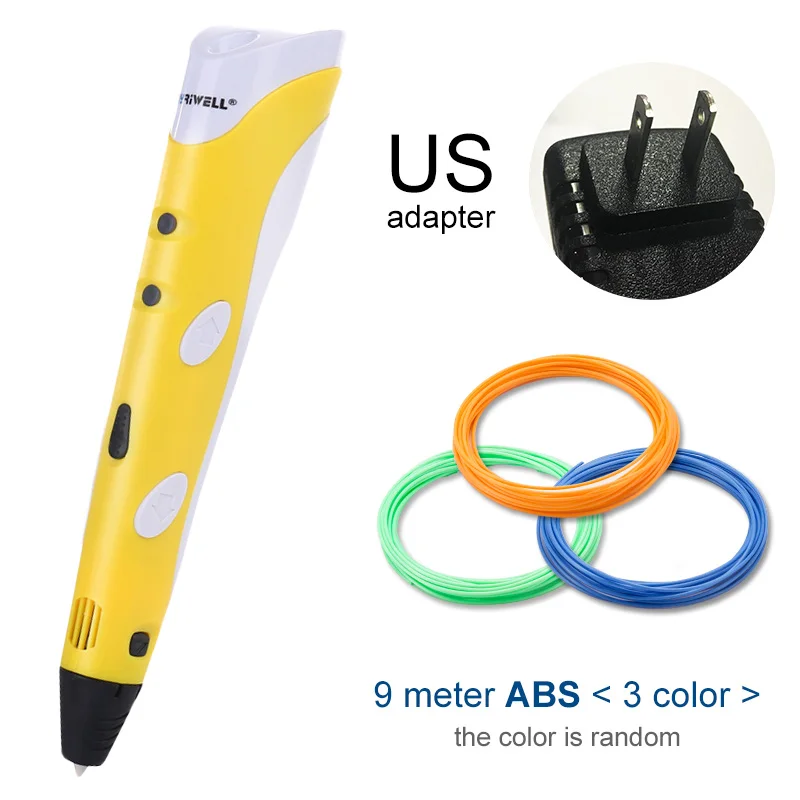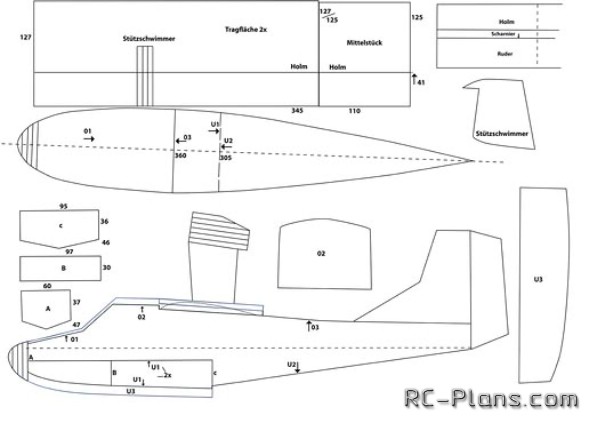3D printing house machine
COBOD announces distribution agreement with nidus3D
- COBOD announces distribution agreement with nidus3D (Ontario, Canada) to bring multifunctional construction robots based on 3D printing to Canada
- nidus3D recently built Canada’s first 3D printed multi-unit residential building, fully permitted for occupancy, and North America’s first 3D construction project to use real concrete
3D printing technology has transformed processes in medical, aerospace, and tool-making fields. Now, that same disruption is being brought to the construction sector, and nidus3D is at the forefront, paving the way for new builds to be achieved faster, more affordably, and with less waste, using COBOD technology.
As a testament to their ambitions, nidus3D has recently succeeded 3D printing Canada’s first multi-unit structure in real concrete using COBOD’s BOD2, the world’s best-selling 3D construction printer. The project is a first-of-its-kind consisting of four units each measuring 560 ft2 and is the first 3D printed home to obtain permission for occupancy in Canada. The 3D printed homes are expected to be available by Summer 2022 for individuals and couples seeking attainable housing.
“The opportunity to work with COBOD, world leader in 3DCP is incredible,” said Ian Arthur, President in nidus3D. “The BOD2 printer is an industry-leading construction printer that outstrips competitors in its versatility, scope, and durability. nidus3D is actively deploying 3D construction printing technology to lower building costs and expand access to resilient, efficient, and sustainable housing while complying with Canadian building standards.”
Commenting on signing nidus3D as a distributor, Philip Lund-Nielsen, Co-Founder & Head of Americas at COBOD International said, “We are proud to be partnering with nidus3D to bring our state-of-the-art 3D construction printing technology to Canada, further solidifying our position as the #1 supplier in North America. With their recent project, nidus3D successfully demonstrates how our technology can be applied to build faster, better, and cheaper as our partners learn to master the 3D printing technology. ”
”
Nidus3D reports to have multiple residential and non-residential buildings lined up for 2022 and 2023, these are subject to announcement at a later stage.
nidus3D used COBOD technology for their first 3D printed multi-unit residential building fully permitted for occupancy in Canada. Finished units will be provided to the market as long-term affordable rentals. The 3D printed homes are expected to be available by Summer 2022 for individuals and couples seeking attainable housing.About nidus3Dnidus3D is a strategic partner and distributor of COBOD BOD2 printers based out of Kingston, Ontario. With experience in construction, lean manufacturing, and public affairs, the team at nidus3D is actively deploying 3DCP (3D Construction Printing) technology to lower building costs and increase access to housing that is resilient, efficient, and sustainable, all while complying with Canadian building standards. Visit nidus3D.com for more information.
About COBOD InternationalCOBOD is the World’s leading supplier of 3D printers for the construction industry, with strategic investors GE Renewable Energy (USA) and PERI (Germany). COBOD’s mission is to disrupt the global construction industry through world-class multifunctional construction robots based on 3D printing systems. Faster. Better. Cheaper. The company 3D printed Europe’s first building in 2017. Subsequently the first 2- and 3-story buildings in Belgium and Germany were made with COBOD technology. The first villa in Dubai and the first buildings in Africa have also been done by COBOD 3D construction printers, like the first wind turbine bases.
COBOD’s mission is to disrupt the global construction industry through world-class multifunctional construction robots based on 3D printing systems. Faster. Better. Cheaper. The company 3D printed Europe’s first building in 2017. Subsequently the first 2- and 3-story buildings in Belgium and Germany were made with COBOD technology. The first villa in Dubai and the first buildings in Africa have also been done by COBOD 3D construction printers, like the first wind turbine bases.
COBOD has an open-source strategy, partnering with customers, academic institutions, and suppliers around the world. Its partners include GE (USA), CEMEX (Mexico), PERI (Germany), Holcim (Switzerland), Dar Al Arkan (Saudi Arabia), L&T Construction (India), and JGC (Japan). COBOD’s vision is to see buildings and concrete structures in every city around the world made by multifunctional construction robots. COBOD is headquartered in Denmark, employs of 90+ highly competent colleagues from 25 nationalities, and has a truly global presence in North- and Latin America, Europe, the Middle East, Africa, and Asia-Pacific.
First 3D printed house in Borneo
- In the Press&
- Press Release
- 3D printed houses have sprung up all over the world, and has now reached even places like Borneo
- Precasting specialist SCIB, located in the Malaysian part of Borneo, revealed their first 3D printed house built using a BOD2 3D construction printer from Danish COBOD International
- The house is a 1000 square foot 3D printed house completed in only 46 hours
In the Northern coastal part of Borneo, which is more urbanized than the rainforest covered center, the large concrete pre-casting company Sarawak Consolidated Industries Berhad (SCIB) recently revealed their first 3D printed demo house in Sarawak.
The house consists of a built area of 1000 sq ft (90 m2), had a total printing time of 46 hours and was 3D printed using the BOD2 3D construction printer from Danish based COBOD International.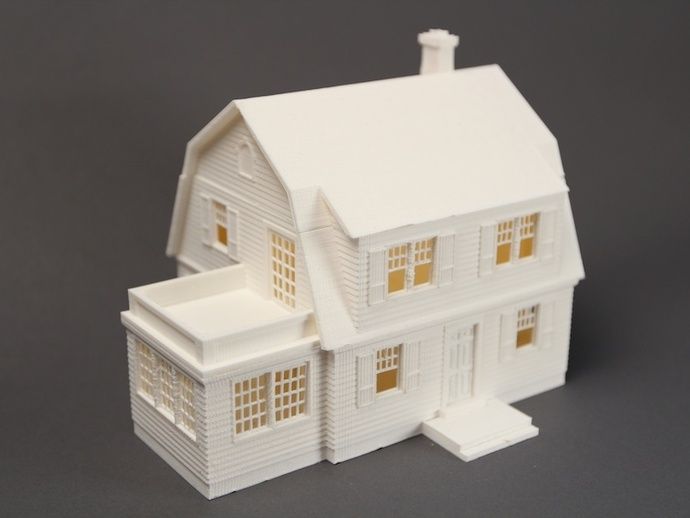 The total length of the print was over 9 km that were extruded layer by layer on top of each other in a total of 145 layers each of 2 cm height. The SCIB team chose to plaster the outside walls of the house, which is normal practice in the region due to high humidity weather conditions. Also, plastering makes it easy to wash and clean when green algae grow on the walls which occurs due to the climate conditions.
The total length of the print was over 9 km that were extruded layer by layer on top of each other in a total of 145 layers each of 2 cm height. The SCIB team chose to plaster the outside walls of the house, which is normal practice in the region due to high humidity weather conditions. Also, plastering makes it easy to wash and clean when green algae grow on the walls which occurs due to the climate conditions.
The 3D construction printer SCIB used was supplied by market leader COBOD International, who’s printers have proven their worth around the globe from India, over Middle East, Africa and Europe, to North America, where COBOD 3D printers recently were used in two story buildings in Texas and Ontario.
Simon Klint Bergh, Head of Asia-Pacific for COBOD and located at COBOD’s regional office in Kuala Lumpur said: “When we created COBOD, we never envisaged, that we would have a market in a place like Borneo. The fact that our technology is now applied there shows, that the market for our technology is endless. When we can sell our printers in Borneo, we can sell them anywhere”.
When we can sell our printers in Borneo, we can sell them anywhere”.
The new 3D printed house in Borneo is located on the premises of the Malaysian Construction Industry Development Board (CIDB), which is the permitting body in Malaysia, at their training arm premises Malaysian Construction Academy (ABM) in Kuching, Sarawak (Malaysia) and was built in collaboration with the agency.
Group Managing Director and Chief Executive Officer of SCIB, Rosland Othman, said: “The use of technology such as 3D printing comes at a time when businesses are being scrutinized for the impact of their operations on the environment and society. Businesses have an important role in society and an important part is to operate responsibly. We believe 3D construction printing can be part of this and therefore we are also involved in a program with our university partner to develop and improve the skills and knowledge of the construction industry.”
Simon Klint Bergh concluded “At COBOD International we are proud to have SCIB as our customer and to see them execute a first building.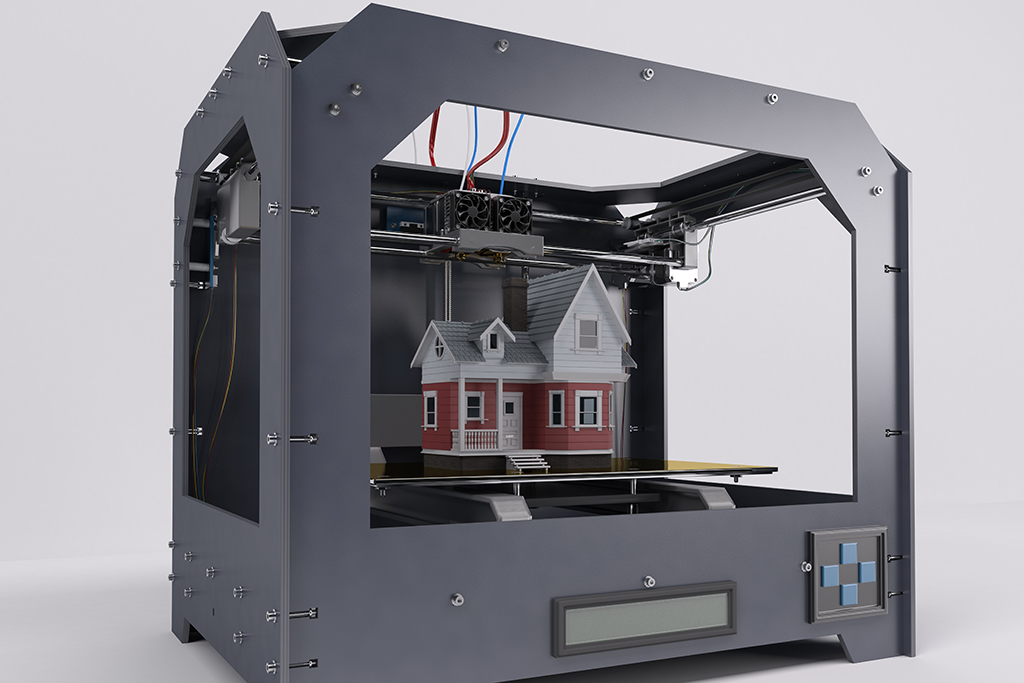 SCIB is a very innovative company and with our technology, we are excited to see SCIB enable faster execution of construction projects, as well as more efficient construction at a lower cost. This will be the first of many 3D printed houses to come in Asia- Pacific”.
SCIB is a very innovative company and with our technology, we are excited to see SCIB enable faster execution of construction projects, as well as more efficient construction at a lower cost. This will be the first of many 3D printed houses to come in Asia- Pacific”.
🚙 Best Automotive & Automotive 3D Printing Files・Cults
🚙 Best Automotive & Automotive 3D Printing Files
Free Download Car 3D Models
Passionate automotive designers have succeeded in creating 3D STL models that are real copies of existing ones cars. Some of these 3D objects even have remote control capabilities. Formula 1, buggies, city cars... the creation of several types of cars was made possible by 3D printing and the talent of these great designers Guaro3D, MaoCasella, Daniel Norée and others.
Some of these 3D objects even have remote control capabilities. Formula 1, buggies, city cars... the creation of several types of cars was made possible by 3D printing and the talent of these great designers Guaro3D, MaoCasella, Daniel Norée and others.
Volkswagen Bus 1970s
Free
3D Printing RC Machine Delorean DMC-12/BTTF Time Machine
Free
Volkswagen Golf GTI - low poly miniature
Free
Pony Toy Car
Free
nine0008 OpenRC 1:10 4WD Truggy Concept RC CarFree
RS-LM 2014 Audi R18 E-Tron Quattro “The Ali"
Free
Tractor OpenRC
Free
1991 Mazda 787B 3d Printed RC Car
Free
1:18 Jurassic Park Car for 3.
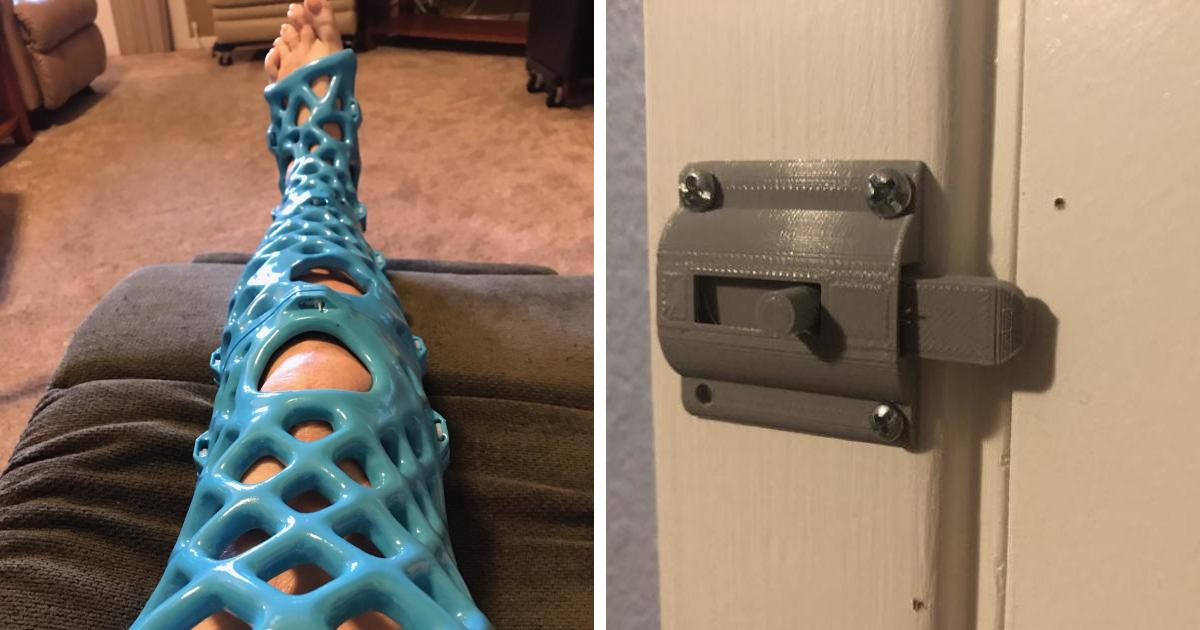 75 Inch Figure No Support
75 Inch Figure No Support Free
Lynx - Fully 3D-printable 1/10 4wd buggy
Free
OpenR/C 1:10 Formula 1 car
Free
Aryton Senna's Mclaren MP4/6 3d Printed RC F1 Car
Free
OpenRC F1 Dual Color McLaren Edition
Free
nine0008 Pickup TruckFree
Open R/C F1 MadMax Edition
Free
ZIL-157 - RC truck with the WPL transmission
Free
RC car Ford MUSTANG 1967 Fastback
4,99 €
VW Beetle BAJA BUG - fully 3D printable
Free
RS-01 Ayrton Senna's 1993 McLaren MP4/8 Formula 1 RC Car
Free
Coupe body for chassis OpenZ v16c
Free
Chevrolet Blazer K5 - RC model with WPL axles
Free
The Classic Batmobile
Free
nine0008 DragsterFree
Print-in-Place Convertible
Free
Backhoe
Free
Quadra V-tech
Free
ECTO - Ghostbusters car
Free
Bulgy - Thomas & Friends
Free
GAZ-MM-V wartime truck 1:87 (H0)
Free
80's van body for the Ursa monster truck
Free
UAZ 469 assembly kit 1:35
1,90 €
Mystery Machine of Southern IL.
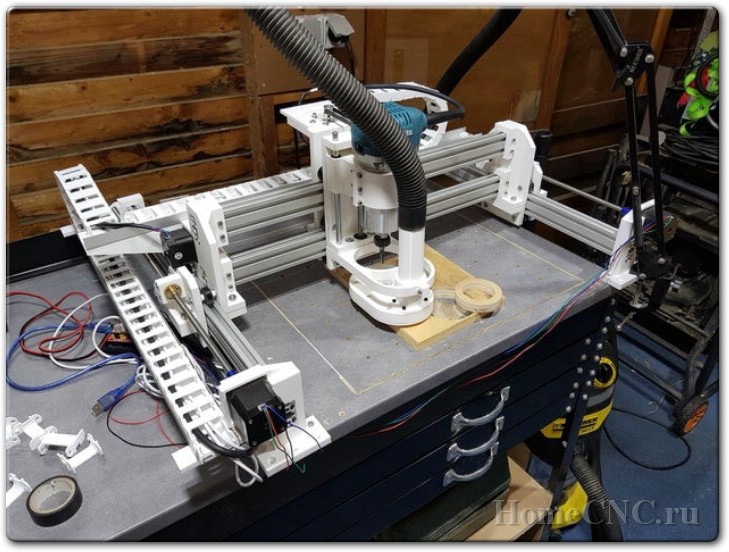
Free
nine0008 LTZ T-40 - RC soviet tractorFree
OpenRC F1 MKII RC Car
Free
OpenRC F1 2017 updates
Free
All Wheel Drive Toy Car / Print-In-Place
Free
Nintendo OpenRC Mariokart
Free
nine0008 TruckFree
Lotus 56B Turbine Formula 1
Free
Tilting reverse trike (fully printable)
3 €
Hot Rod North American P-51D Mustang fighter
Free
fire truck toy
Free
nine0008 RC Lancia Delta S4Free
Classic 3 Wheels Car no support
Free
1959 Cadillac
Free
ZEBRA 1910 PRESENTATION SHEET
Free
Christinesque Cadillac
Free
nine0008 Land Rover Defender with WPL upgradeFree
Delorean DMC-12 3D Printing RC Machine/BTTF Time Machine
VW Beetle BAJA BUG - fully 3D printable
VW Beetle BAJA BUG - fully 3D printable
Gaston Lagaffe Car
Discover our selection of best 3D printable 3D files in the automotive field. All these STL files are perfectly 3D printable , so just download them, warm up your printer and play with them. This collection has been created by selecting the best creations from a library of Cults 3D Models.
All these STL files are perfectly 3D printable , so just download them, warm up your printer and play with them. This collection has been created by selecting the best creations from a library of Cults 3D Models.
Here you will find different types of 3D printed cars , there are models for self-assembly, functional cars that do not require modification, and creations for lovers of modeling . By adding various elements and an engine, you can 3D print your own Remote Controlled Vehicle .
These car replicas are created not only for children, but also for adults. Many car manufacturers use 3D printing to produce their car parts, but few projects are 100% 3D printed. This compilation might make you want to create a real car 100% 3D printed by !
5 Ways 3D Printing Is Changing the Automotive Industry / Sudo Null IT News
You can't buy a fully 3D printed car at a car dealership yet, but additive technologies have been used in car design for many years. Every year, especially in recent years, 3D printing is taking an increasingly important place at all stages of production. This is evidenced by the rapid growth of 3D printing market share in automotive manufacturing, which is projected to reach $2.5 billion by 2023. nine0007
Every year, especially in recent years, 3D printing is taking an increasingly important place at all stages of production. This is evidenced by the rapid growth of 3D printing market share in automotive manufacturing, which is projected to reach $2.5 billion by 2023. nine0007
For example, luxury car companies including Bentley, Porsche, BMW and Ferrari use 3D printing to create custom car interior parts. GM, Volvo, Ford are using 3D printing to produce tooling to save money, improve designs and reduce delivery times.
Source 3dprinting.com
3D printing is constantly emerging with new opportunities, it is becoming more accessible. If the first 3D printers cost about $20,000, now you can find 3D equipment for $100. Now companies can, with the help of additive technologies, produce the necessary components directly at their own enterprises and not depend on suppliers. nine0007
With new materials, 3D printers can print high-precision, functional end parts.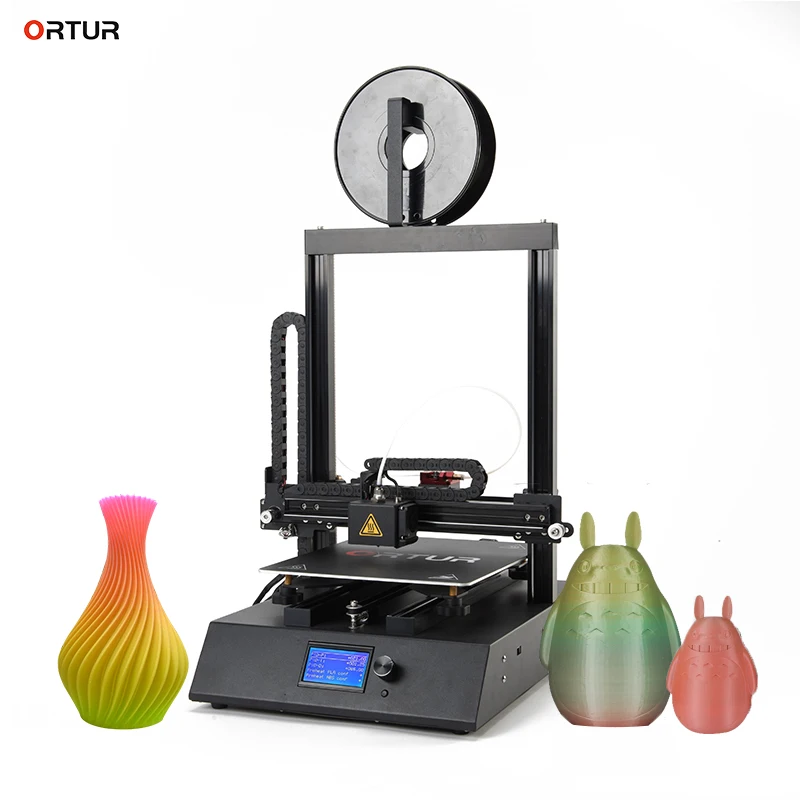 Additive technologies facilitate the production of custom products and increase productivity.
Additive technologies facilitate the production of custom products and increase productivity.
But this is only the beginning of the journey. Here are five key ways 3D printing is driving innovation in the automotive industry, from car design to production. Plus one bonus.
1. Changing the prototyping process
It was with the manufacture of prototypes that the use of 3D printers in the automotive industry began. 3D printed prototypes took much less time than traditional methods required.
Using Raise3D 3D printers and ideaMaker software, Crazy Grandpa Garage was able to automate the process of creating custom car parts. Production costs have been reduced by 50%, design reliability has improved significantly, and lead time has been reduced by 83%. The parts now come out very well fitted to the car. nine0007
Source: facebook.com
Using 3D printing, car designers can quickly prototype individual parts or assemblies, from interior detail to dashboard, or even full-size car models.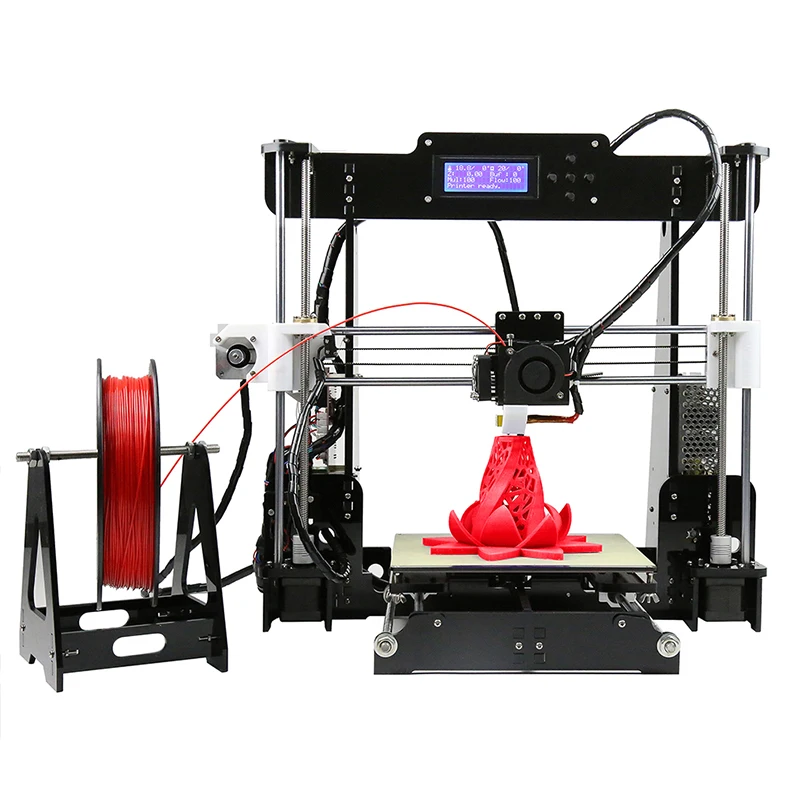 Thanks to 3D prototyping, the initial idea quickly turns into a physical embodiment of the concept - a conceptual model. The concept can then be developed into full-featured, high-fidelity prototypes, and after several validation steps, mass production begins. For the automotive industry, getting through these steps quickly is vital, and the entire downtime of an automobile production line in just an hour is very costly for a company. nine0007
Thanks to 3D prototyping, the initial idea quickly turns into a physical embodiment of the concept - a conceptual model. The concept can then be developed into full-featured, high-fidelity prototypes, and after several validation steps, mass production begins. For the automotive industry, getting through these steps quickly is vital, and the entire downtime of an automobile production line in just an hour is very costly for a company. nine0007
For example, the assembly plant of the American car manufacturer General Motors claims to have saved more than $300,000 by purchasing a 3D printer in 2016.
Ringbrothers designers and engineers are not dependent on third parties to implement laser stereolithography (SLA) in their facility. The cost is reduced, the development time is reduced. Source: formlabs.com
Hose for Eventuri BMW M4, Source: ultimaker.com
Traditional prototyping was time-consuming and costly, in part because the product went through more iterations. With 3D printing, you can create high-quality prototypes in one day and at a much lower cost. More examples.
With 3D printing, you can create high-quality prototypes in one day and at a much lower cost. More examples.
The Ford Fiesta ST with 3D printed parts, ext. SEMA 2016, ultimaker.com
For example, General Motors has partnered with Autodesk to produce low cost, lightweight automotive parts using 3D printers. Tools, fixtures and fittings can now be produced at a fraction of the cost, according to Autodesk. For example, a 3D printed tool used to align engine and transmission ID numbers costs less than $3 at General Motors. A traditionally produced instrument will cost $3,000. In addition, downtime due to faulty tools can be significantly reduced as new tools are produced in-house. nine0007
2. Creation of non-standard and complex parts
Daihatsu, Japan's oldest car manufacturer, launched a project in 2016 to customize its Copen model.
Source: 3dprint.com
In partnership with Stratasys, Daihatsu customers can design and order custom 3D printed panels for their front and rear bumpers, with a choice of over 15 basic patterns in 10 different colors. nine0007
nine0007
Source: 3dprint.com
In Europe, the BMW MINI brand also uses 3D printing to create personalized car parts. Since the beginning of 2018, MINI customers have been able to personalize various trim elements such as the instrument panel, LED treadplates and illuminated bumpers, as well as choose from different colors and textures. These parts are then 3D printed using a range of technologies from DLS Carbon to SLS.
Source: formlabs.com
Volkswagen Motorsport's I.D. R Pikes Peak is designed with over 2000 3D printed test parts.
Source amfg.ai
The use of 3D printers makes it possible to experiment in the development of non-standard designs, reduces the cost of their production. Long production processes for custom-made products are becoming much shorter.
Ringbrothers uses 3D printing to create custom end pieces such as ventilation grilles. Source: formlabs.com
Large companies are merging 3D printing technologies with traditional manufacturing methods.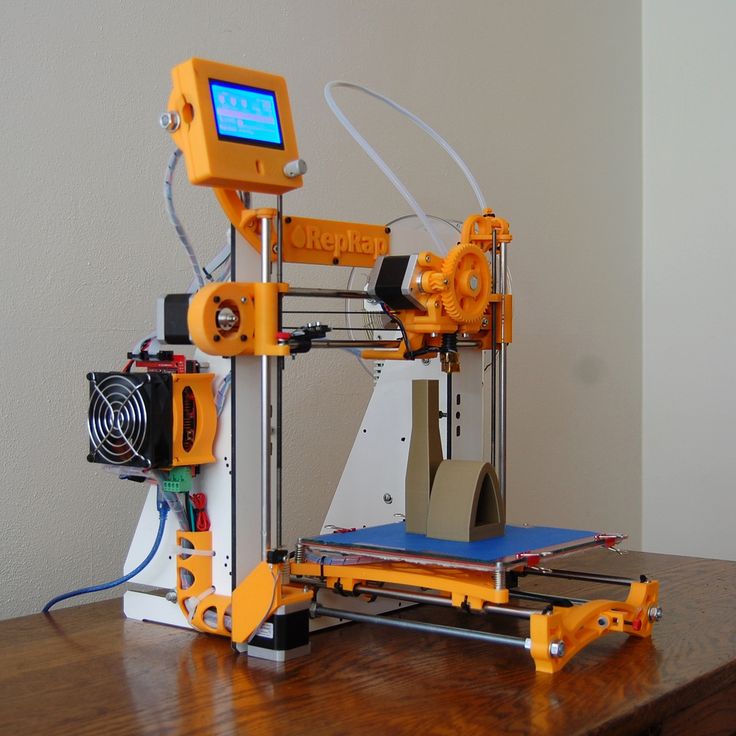 Volkswagen has recreated its iconic 1962 Microbus by replacing the petrol engine with a 120 hp electric one. The Type 20 concept electric minivan has received many improvements using 3D printed parts. These improvements include cast aluminum wheels. Even the wheel hubcaps, while looking like stamped steel, are actually printed on a Formlabs SLA 3D printer, then electroplated and polished. nineanother example Bentley has used cutting-edge metal 3D printer technology to produce a grille, side vents, door handles and exhaust pipes much more complex than those used on current production models.
Volkswagen has recreated its iconic 1962 Microbus by replacing the petrol engine with a 120 hp electric one. The Type 20 concept electric minivan has received many improvements using 3D printed parts. These improvements include cast aluminum wheels. Even the wheel hubcaps, while looking like stamped steel, are actually printed on a Formlabs SLA 3D printer, then electroplated and polished. nineanother example Bentley has used cutting-edge metal 3D printer technology to produce a grille, side vents, door handles and exhaust pipes much more complex than those used on current production models.
Bentley has used metal 3D printing to create intricate micron precision parts. Source: formlabs.com
Source: youtube.com
3D printing has also made it possible to create parts that could not be made in any other way.
Bugatti's monobloc brake caliper is a prime example. For some components, Bugatti would have preferred titanium due to its high performance, but processing this metal with traditional methods is expensive and difficult. 3D printing has allowed Bugatti to produce a titanium alloy brake caliper. Due to the thin walls, the caliper turned out to be very light - almost two times lighter than forged aluminum. At the same time, the strength of the 3D-printed monoblock is superior to that of aluminum. The 3D printed titanium monoblock has a tensile strength of 1250 N/mm2. This means that a force of just over 125 kg will be applied per square millimeter of this titanium alloy without tearing the material. The new titanium caliper is 41 cm long, 21 cm wide and 13.6 cm high and weighs only 2.9kg compared to currently used aluminum, which weighs 4.9 kg.
3D printing has allowed Bugatti to produce a titanium alloy brake caliper. Due to the thin walls, the caliper turned out to be very light - almost two times lighter than forged aluminum. At the same time, the strength of the 3D-printed monoblock is superior to that of aluminum. The 3D printed titanium monoblock has a tensile strength of 1250 N/mm2. This means that a force of just over 125 kg will be applied per square millimeter of this titanium alloy without tearing the material. The new titanium caliper is 41 cm long, 21 cm wide and 13.6 cm high and weighs only 2.9kg compared to currently used aluminum, which weighs 4.9 kg.
Source: youtube.com
The Bugatti brake monobloc is the industry's largest functional 3D printed titanium component for a car. Source: formlabs.com
3. Tool making
Various devices help to facilitate and speed up the production and assembly processes, improve the safety of workers. Automotive factories and component suppliers use a large number of non-standard tooling that is specifically designed and optimized for end use. As a result, a lot of non-standard equipment and tools are made, which increases production costs. nine0007
Automotive factories and component suppliers use a large number of non-standard tooling that is specifically designed and optimized for end use. As a result, a lot of non-standard equipment and tools are made, which increases production costs. nine0007
This 3D protective wheel disc was purchased for 800 euros but can now be printed for just 21 euros. Tool development time has been reduced from 56 to 10 days.
Source: ultimaker.com
Delegating custom tooling and fixtures to service providers who machine parts from solid metal or plastic stock can delay production by weeks.
For example, the development and prototype of a commutator motor using traditional manufacturing methods can take up to four months and cost about half a million dollars. Thanks to 3D printing, Ford was able to develop several variants in just 4 days and 99.4% cheaper - only $3,000.
Source: youtube.com
Additive technologies allow you to complete the task in a few hours and significantly reduce costs compared to ordering from a third-party enterprise.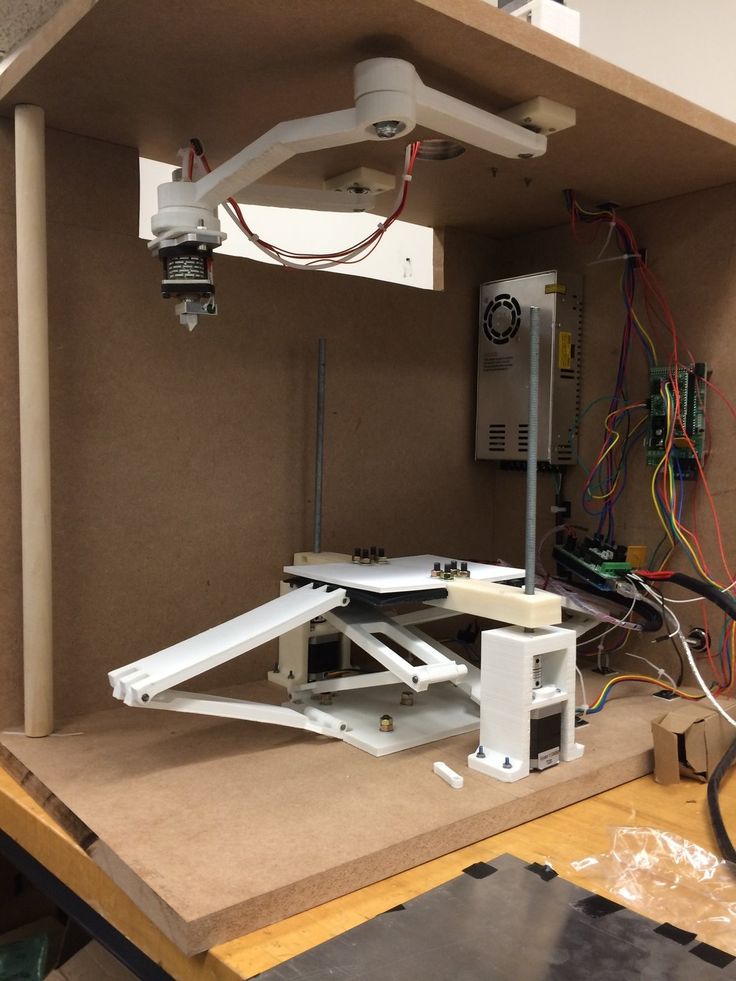 Since increasing the complexity of a 3D printed model does not incur additional costs, products can be better optimized for their application. New elastic materials for 3D printing in many cases allow you to print plastic parts instead of metal or create prototypes on a 3D printer to test the tool before using it in production
Since increasing the complexity of a 3D printed model does not incur additional costs, products can be better optimized for their application. New elastic materials for 3D printing in many cases allow you to print plastic parts instead of metal or create prototypes on a 3D printer to test the tool before using it in production
Gradually, the production of 3D printed accessories and tools is becoming one of the largest applications of additive technologies.
Pankl Racing Systems uses 3D printed fixtures to fasten workpieces to a conveyor belt. Source: formlabs.com
For example, Pankl Racing Systems uses multiple Formlabs SLA 3D printers to make critical manufacturing tools. The multi-stage production of parts for transmissions on automatic lathes requires a series of fixtures and tools designed for each specific part. nine0007
With the help of 3D printing, Pankl's engineers have reduced the production time for the aids by 90%, from 2-3 weeks to around 20 hours. Costs were also reduced by 80-90%, saving $150,000.
Costs were also reduced by 80-90%, saving $150,000.
The transition to 3D printing has enabled Volkswagen Autoeuropa to cut tooling development costs by 91% and cut tooling times by 95%.
4. Troubleshooting Parts
Spare parts have always been a problem for the automotive industry. The demand for them is either there or not, so the production of spare parts is not economically viable, and the storage of pre-fabricated replacement components is also costly. But if there are no repair parts available, difficulties arise and the main product becomes less valuable. nine0007
3D printing could solve the problem of parts in the automotive industry in many ways. The main factors are printed materials, which can match the characteristics of traditional materials used in parts and be cost-effective. There are prerequisites for this.
Using computer-aided design, drawings of all parts can be stored digitally, so there is no need to store the parts themselves. The parts needed by the client can be printed on a 3D printer right in the workshop. nine0007
The parts needed by the client can be printed on a 3D printer right in the workshop. nine0007
Even obsolete parts whose drawings have not survived can in principle be recreated by making a 3D scan of existing parts of this type and applying reverse engineering (reverse engineering). You can read more about this on our blog. Old projects can take on new life. There are many lovers of vintage cars, with the help of 3D printing it would be possible to create parts for them.
Ringbrother 3D printed the Cadillac emblem for a custom built old car. Source: formlabs.com
5. Production of standard parts
As 3D printers and materials for 3D printing become more affordable, a gradual transition to the production of mass-produced automotive parts using additive technologies is possible.
3D printing makes it possible to combine components into a single whole. Let's say there is a mechanism assembled from six or seven car parts that can be combined into one printed part. It will save time and assembly costs. With 3D printing, it is also possible to reduce the weight of the combined assembly, as a result, the car will use fuel more efficiently. nine0007
It will save time and assembly costs. With 3D printing, it is also possible to reduce the weight of the combined assembly, as a result, the car will use fuel more efficiently. nine0007
3D Systems has developed an advanced exhaust pipe for a sport bike. In the image below, you will see 20 sheet metal and hydroformed parts needed to assemble the original exhaust pipe. On the right is a monolithic exhaust pipe that does not require assembly, made using metal 3D printing.
Source designnews.com
The 3D printed tube was produced using Grade23 titanium in just 23 hours, compared to three weeks for traditional production. Design development time reduced from 6 weeks to 6 days. Additive manufacturing also eliminates the need for tooling, fixtures, multiple welding and multiple inspections. nine0007
Geometry optimization has reduced the amount of material needed for maximum productivity. All elements of the original exhaust pipe are incorporated into the new design and, when printed with a typical wall thickness of 0.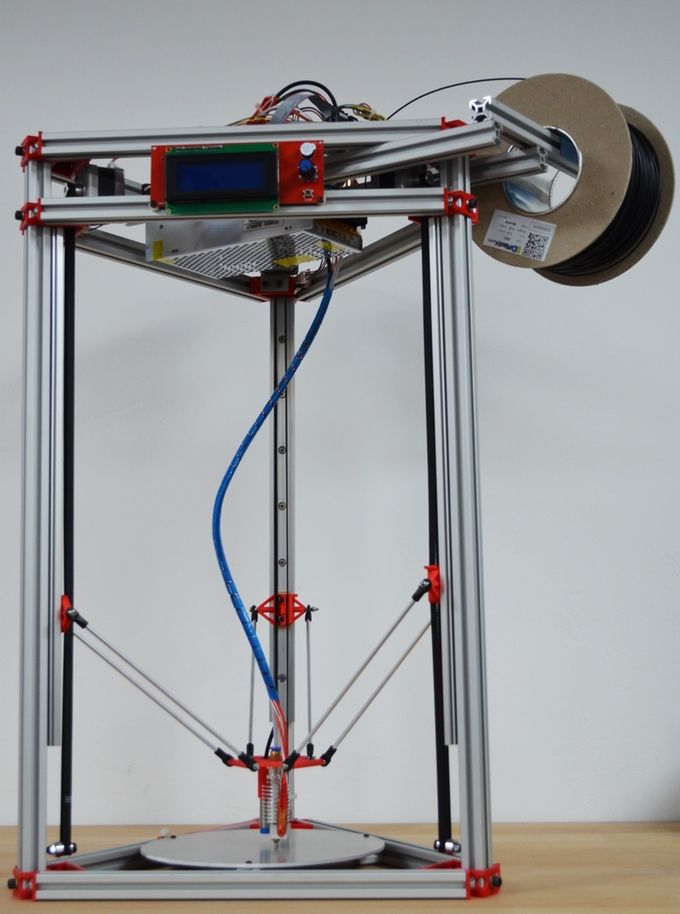 5mm, the 3D printed exhaust pipe is about 25% lighter than the original one.
5mm, the 3D printed exhaust pipe is about 25% lighter than the original one.
A wide range of 3D printing materials is beginning to meet the requirements of various vehicle components. Since additive methods reduce costs compared to traditional methods (such as molding and injection molding), it makes a lot of sense from a production and financial point of view to further introduce 3D printing into the production of basic parts. nine0007
Volkswagen, one of the world's largest and most innovative car manufacturers, is using an HP Metal Jet 3D printer to produce high-performance functional parts with special design requirements, such as shift knobs and mirror mounts. Volkswagen's long-term plans to work with HP include accelerating the production of mass-customized parts such as key rings and exterior nameplates.
Source: youtube.com
+1. 3D printed cars
While 3D-printed cars have yet to hit the market, there are some interesting designs and concepts that can suggest a possible direction for the automotive industry.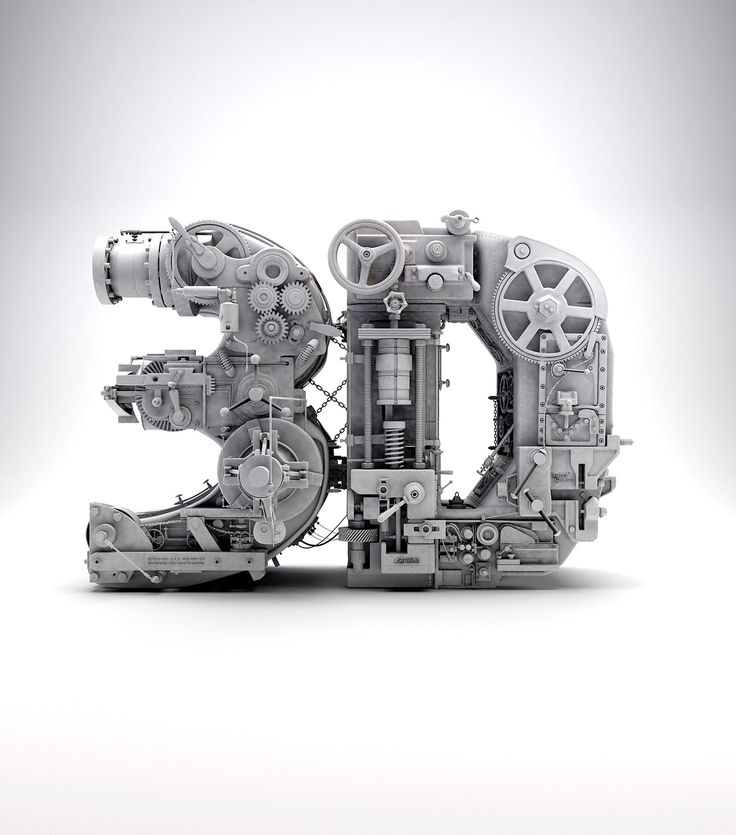
Light Cocoon . German engineering firm EDAG was clearly inspired by nature to create the 3D printed supporting structure of the Light Cocoon concept car. The frame resembles the veins of a tree leaf or its branch. Despite the fact that the design of the EDAG took less material than a conventional frame, all the strength requirements for structurally significant components are met. Outside, the case is covered with a lightweight and durable waterproof fabric. nine0007
The cover protects the EDAG Light Cocoon from the weather and gives the car a unique personality. Source: formlabs.com
Blade . Blade ("Blade") announced as "the world's first 3D-printed supercar." It meets supercar standards but is made from inexpensive materials: carbon fiber tubes and aluminum rods, combined with 3D printed metal parts. Blade turned out to be very light and does not take long to assemble. nine0007
The world's first 3D printed Blade supercar. Source: formlabs.com
Source: formlabs.com
Strati . The American company Local Motors 3D printed and assembled the Strati electric car right at the exhibition stand, in just 44 hours. Most of the components were printed - the body, seats, interior parts. A car is made up of less than 50 assemblies, far fewer than the thousands of parts that go into a traditional car. The company intends to reduce the print time to 10 hours. nine0007
The Strati from Local Motors consists of less than 50 individual parts*. Source: formlabs.com
LSEV. Developed by the Italian company XEV, the LSEV could be the first in the 3D printed electric vehicle market when it goes on sale. The 3D printed chassis, seats, windshield and all visible parts of the LSEV. Thanks to the active use of 3D printing, the number of components was reduced from 2000 to just 57, resulting in a very lightweight design. The electric car weighs only 450 kg. nine0007
The LSEV is the first 3D printed electric vehicle to hit the market in 2020.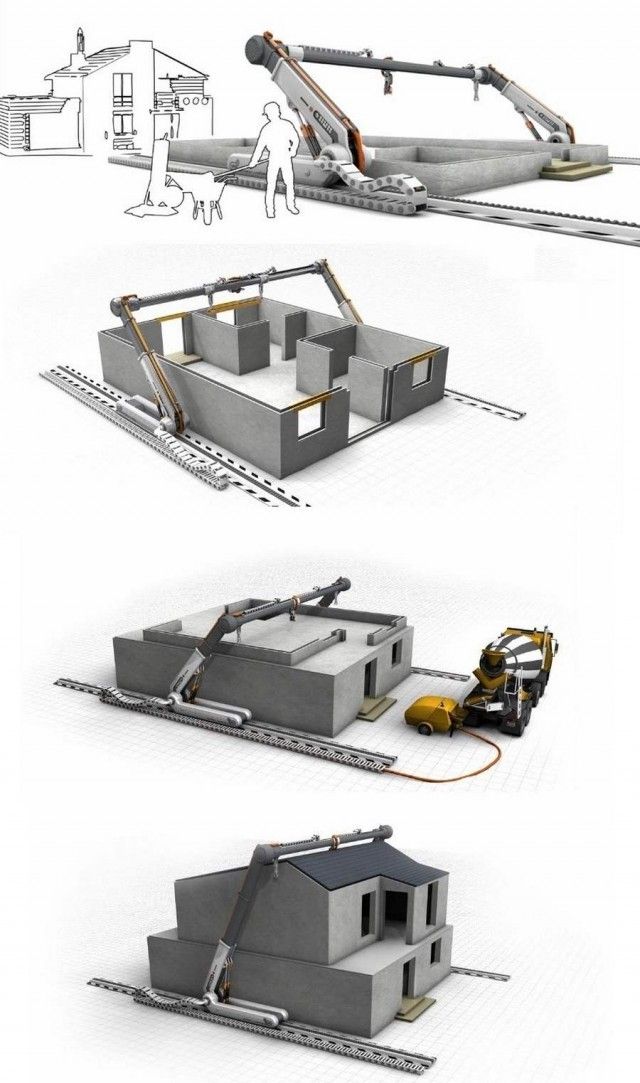
Learn more



